Syngonium Rayii – Rare
Original price was: ₹2,950.00.₹749.00Current price is: ₹749.00.
5 in stock
Single plant | Pot Included | Free shipping
Light Requirements
Syngonium rayii grows best in bright indirect light. Like most plants with dark foliage, it can also tolerate low to medium light but will prefer a bit more light to produce abundant growth.
You can keep your Syngonium rayii in a room with eastern or western exposure, but avoid exposing it to direct sunlight. Too much sun will cause the leaves to become faded and develop scorch marks. On the other hand, too little light will stunt the plant’s growth and encourage fungal problems.
– Temperature Requirements
Syngonium rayii will easily adapt to the average temperature found in most homes. This hardy plant can tolerate a wide temperature range and will sit comfortably anywhere between 59 F and 85 F (15 C to 29 C). Avoid exposing it to temperatures below 50 F (10 C) for extended periods of time, as this can slow down its growth.
If you live in USDA hardiness zones 9 to 11, you can grow Syngonium rayii in pots or hanging baskets. Just make sure to pick a spot that is sheltered from direct sunlight and bring the plant indoors if temperatures drop below 45 F (7 C) during the night.
– Water Requirements
Keep the soil of your Syngonium rayii moist but not soaked. Use the soak and dry method for this plant by slowly flushing water through the soil until it starts to drip from the drainage holes. Allow the soil to dry out slightly in between waterings, and water the plant again when the top inch feels dry to the touch.
In winter, the plant will need less water as its growth begins to slow down. You can reduce your watering schedule to once every 10 to 14 days. If you want to be on the safe side, always test the soil with your finger before giving your Syngonium more water.
– Humidity Requirements
Syngonium rayii has medium humidity requirements. Like all tropical plants, it will grow abundantly if the moisture in the air is around 70 percent, but it can also tolerate humidity levels as low as 50 percent. To keep your Syngonium happy, place it on top of a pebble tray – the evaporating water will provide it with its moisture needs.
You can also mist the leaves of your Syngonium rayii to help boost the humidity. For this method to work, you will need to provide it with daily misting. However, avoid misting too often. Allow the surface of the leaves to dry out before spraying the plant again to prevent problems such as bacterial leaf spot.
– Soil Requirements
Syngonium rayii is a hemiepiphyte. It will start life growing in the soil, and as it matures, it will use its aerial roots to climb trees. Often, it will continue to grow as an epiphyte even after its stem has been broken off from the roots in the soil. This high adaptability makes it easier to find the right potting mix for it compared to other epiphytic houseplants.
The ideal soil for Syngonium rayii should be porous, well-draining, and nutrient-rich. This is easily achieved by combining two parts universal potting mix and one part perlite. You can also add other amendments such as bark, coconut husks, or coarse sand, which will improve drainage. In addition, they create pockets of air that improve root health.
Good drainage is the most important feature for the soil used for potting Syngonium rayii. Although this plant loves moisture, it doesn’t like having its roots sit in water. If the soil is too thick or compacted, the roots will be starved of oxygen, and the soil will become a breeding ground for pathogens that cause rot. Always make sure that you use soil amendments in your potting mix.
– Fertilizer Requirements
Syngonium rayii is a fast grower, yet it is not a heavy feeder. A monthly fertilizer application throughout spring and summer should do the trick. You can use a universal fertilizer for foliage plants, diluted to half the strength. Make sure that the soil is not too dry when applying fertilizers to prevent burning the plant’s roots.
In winter, Syngonium rayii enters a period of dormancy, and its growth slows down. The plant will use fewer nutrients during this period, so you can cut back on fertilizers until early spring.
Only logged in customers who have purchased this product may leave a review.

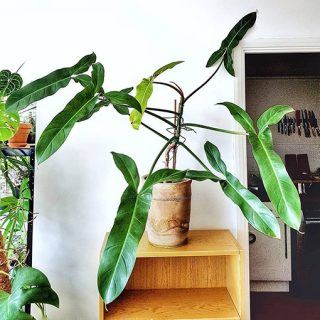
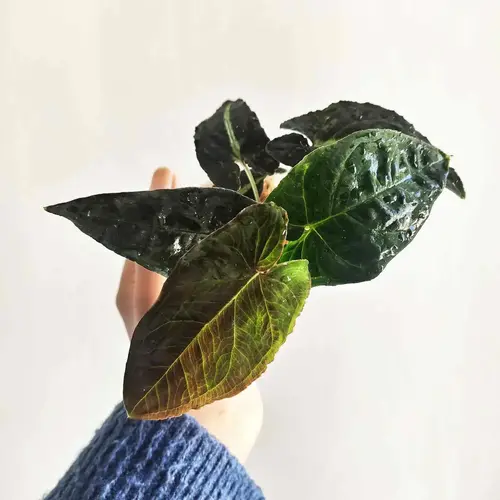
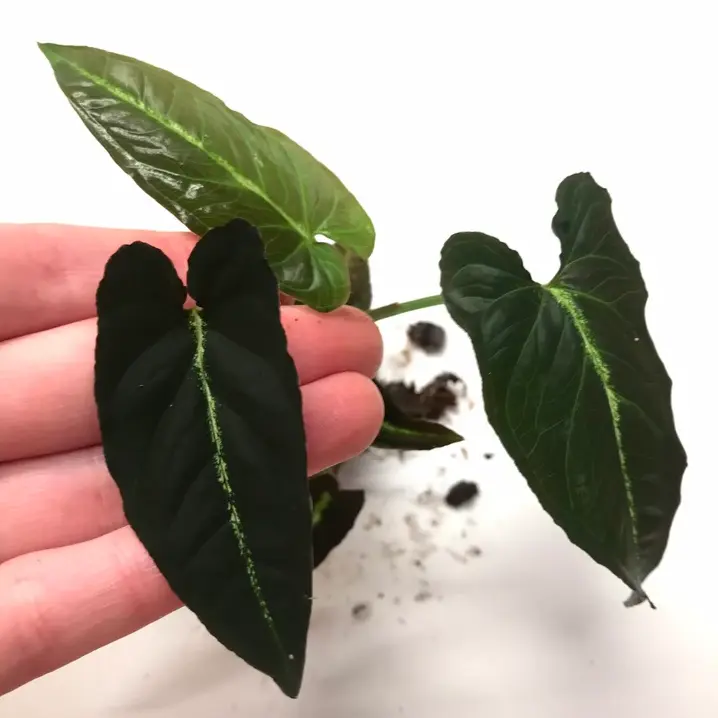
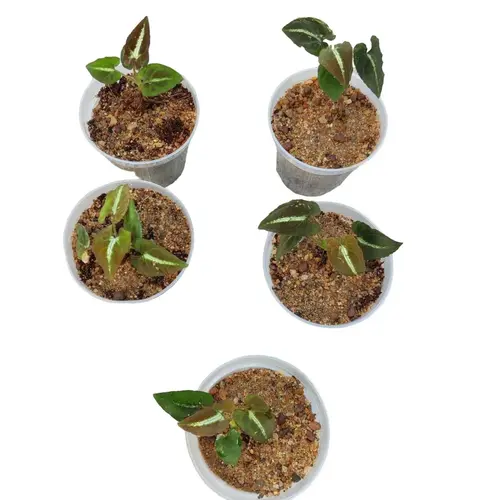

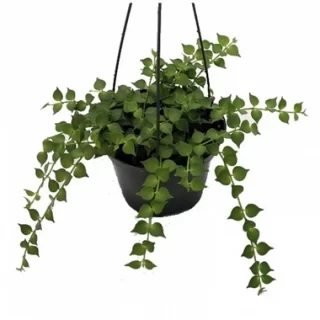

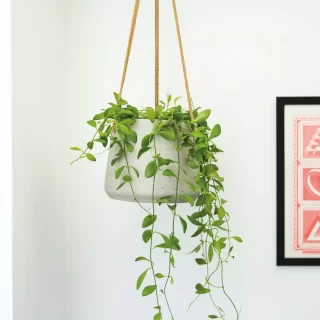
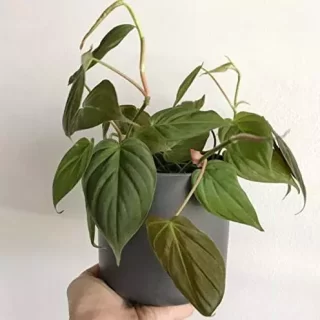
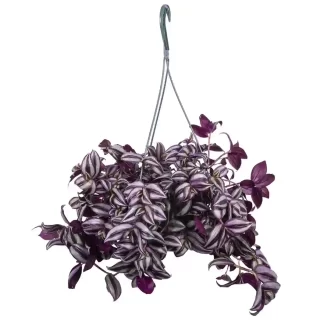
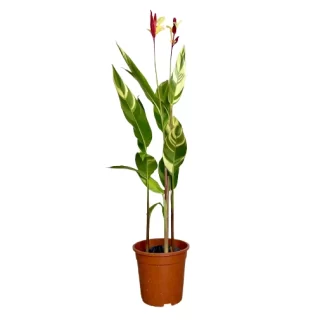
 If you need any assistance, I'm always here. Have you found what you were looking for?
If you need any assistance, I'm always here. Have you found what you were looking for?
Reviews
There are no reviews yet.